Isernia - La Cattedrale di S. Pietro Apostolo
2018
La cattedrale di San Pietro Apostolo è l'edificio di culto cattolico più importante della città di Isernia, chiesa madre della diocesi di Isernia-Venafro e sede dell'omonima parrocchia. Si trova in piazza Andrea d'Isernia, nel centro storico della città e sorge su un antico tempio pagano italico del III secolo a.C.; il suo aspetto odierno è il risultato di numerosi interventi, effettuati sia dopo i numerosi terremoti, sia in seguito a progetti di rinnovamento dell'edificio.
You may also like
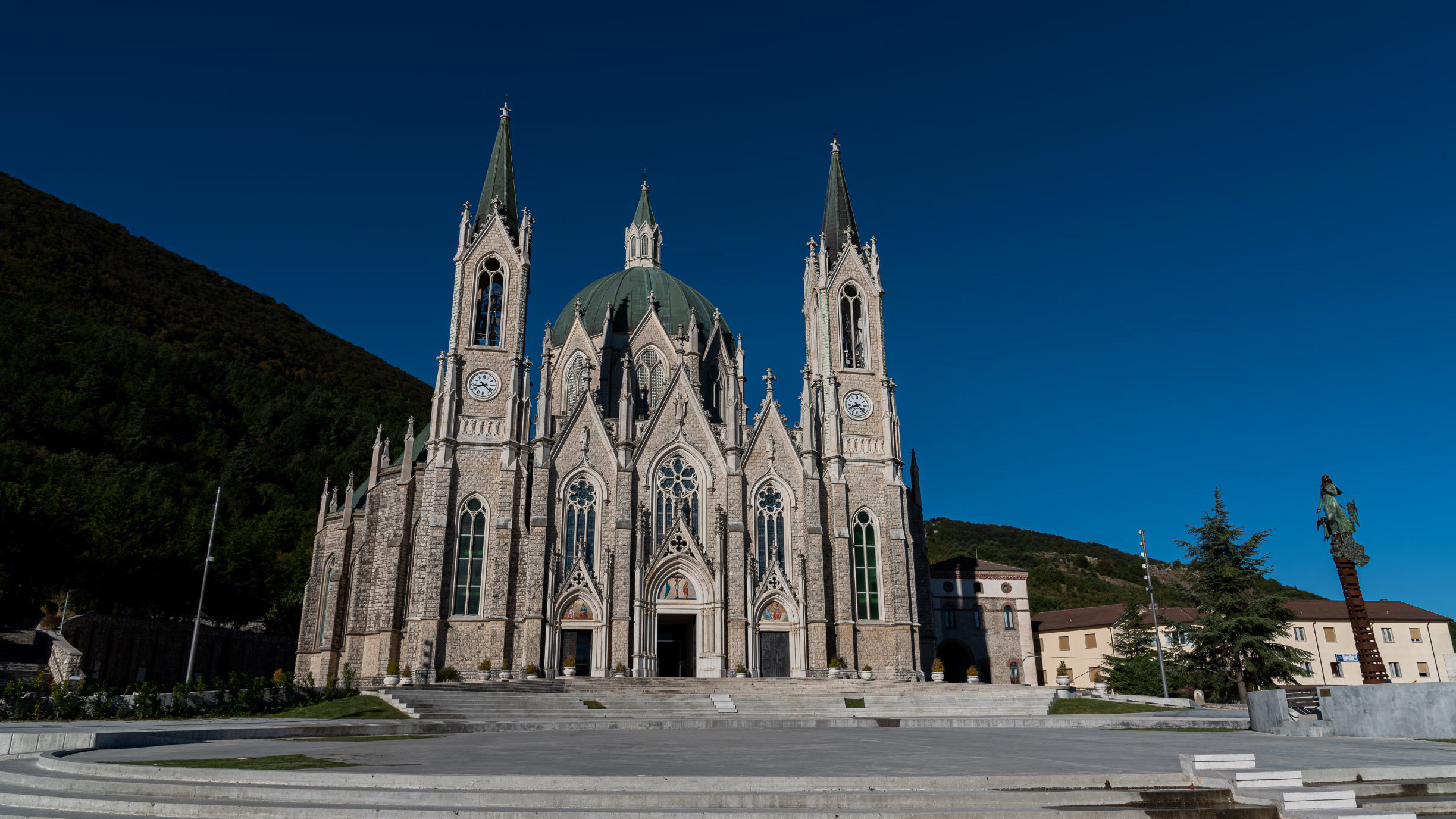
2020
Castelpetroso. The Sanctuary - 2020
Castelpetroso is home to the Shrine of Maria Santissima Sorrows, patron saint of Molise. According to the testimony of the visionaries, the Virgin Mary first appeared on March 22, 1888 to two shepherds named Serafina and Bibiana in Cesa between Saints, on the slopes of Mount Patalecchia. This first appearance was followed by others. This phenomenon was later recognized. The shrine, which began with the laying of the first stone on September 28, 1890 and completed in 1975, is made in the neo-Gothic style; seen from above is composed of seven chapels depicting the seven sorrows of Our Lady, in the center of which there is the dome 54 meters high. The shrine and the place of apparitions are connected to each other by the Via Matris, 750 meters long, where precisely remember the seven Marian sorrows.
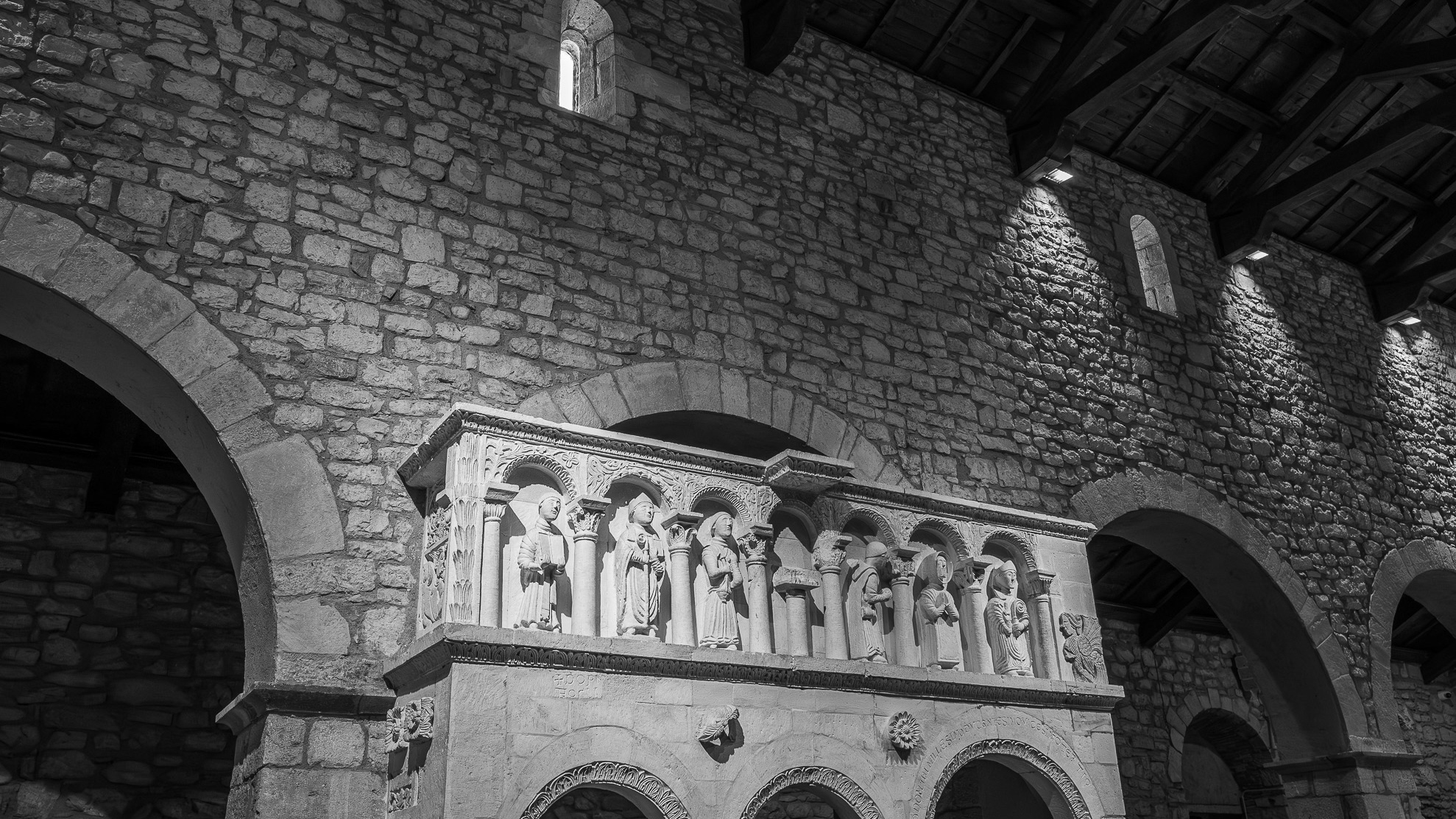
2023
Roccavivara, Sanctuary of S. Maria di Canneto
Surrounded by pines, in an area already inhabited in Roman times, the abbey-sanctuary of S. M. di Canneto rises isolated in the middle of an olive grove.
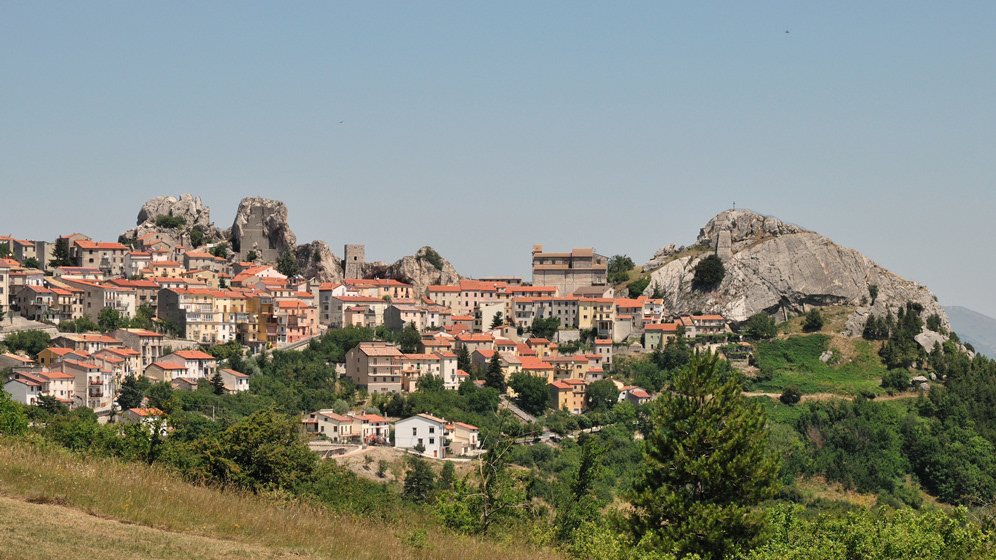
2015
Molise - Pietrabbondante (IS) Il Teatro Italico
Il teatro e tempio italico di Pietrabbondante fanno parte di una vasta area archeologica ricadente nel territorio comunale di Pietrabbondante, in provincia di Isernia, nella regione Molise. Ubicati a circa m. 966 di altitudine s.l.m. essi occupano un ripido declivio che si affaccia sulla valle del Trigno, in località Calcatello, a circa un chilometro di distanza, in linea d'aria, dalla vetta del monte Saraceno. La zona non è attraversata da alcun tracciato stradale di grande comunicazione; sono individuabili tracce di un antico sentiero esistente tra il moderno abitato di Pietrabbondante ed il vicino monte Saraceno, già praticato in antico, una direttrice stradale che ancora oggi segue l’andamento del ripido pendio e, costeggiando il lato orientale del monte, rappresenta l’unica via di accesso all'area fortificata posta in vetta. L’area sacra rappresenta, per le sue caratteristiche architettoniche e per la sua monumentalità, la testimonianza archeologica di maggior rilievo della cultura della popolazione italica dei Samnites Pentri, e la sua esplorazione sistematica ha consentito di ricostruire le vicende storiche del territorio attraverso i secoli ed ha fornito una quantità rilevante di dati sul più importante luogo di culto dello stato sannitico.
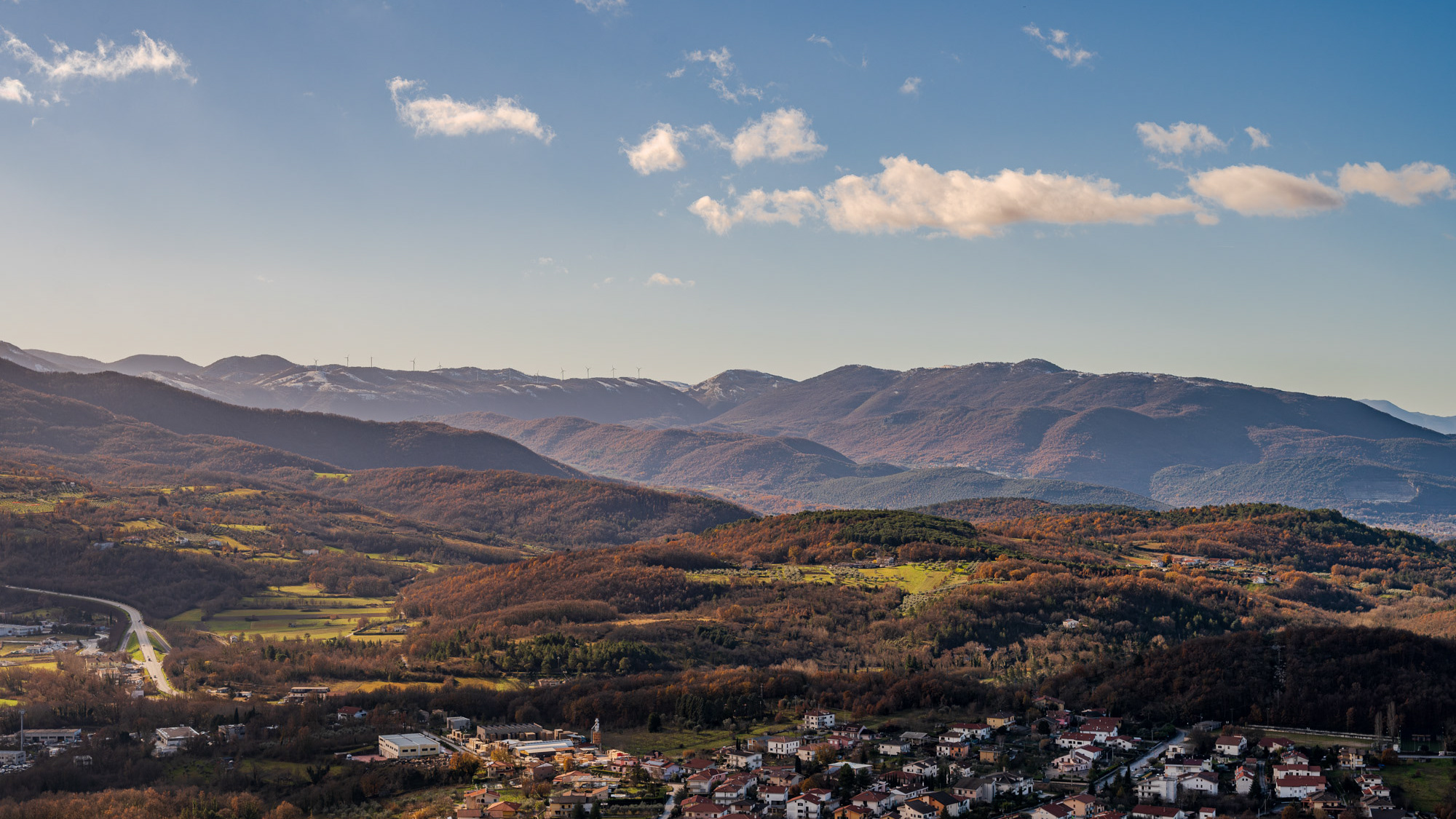
2025
Molise. Winter landscapes from Pesche
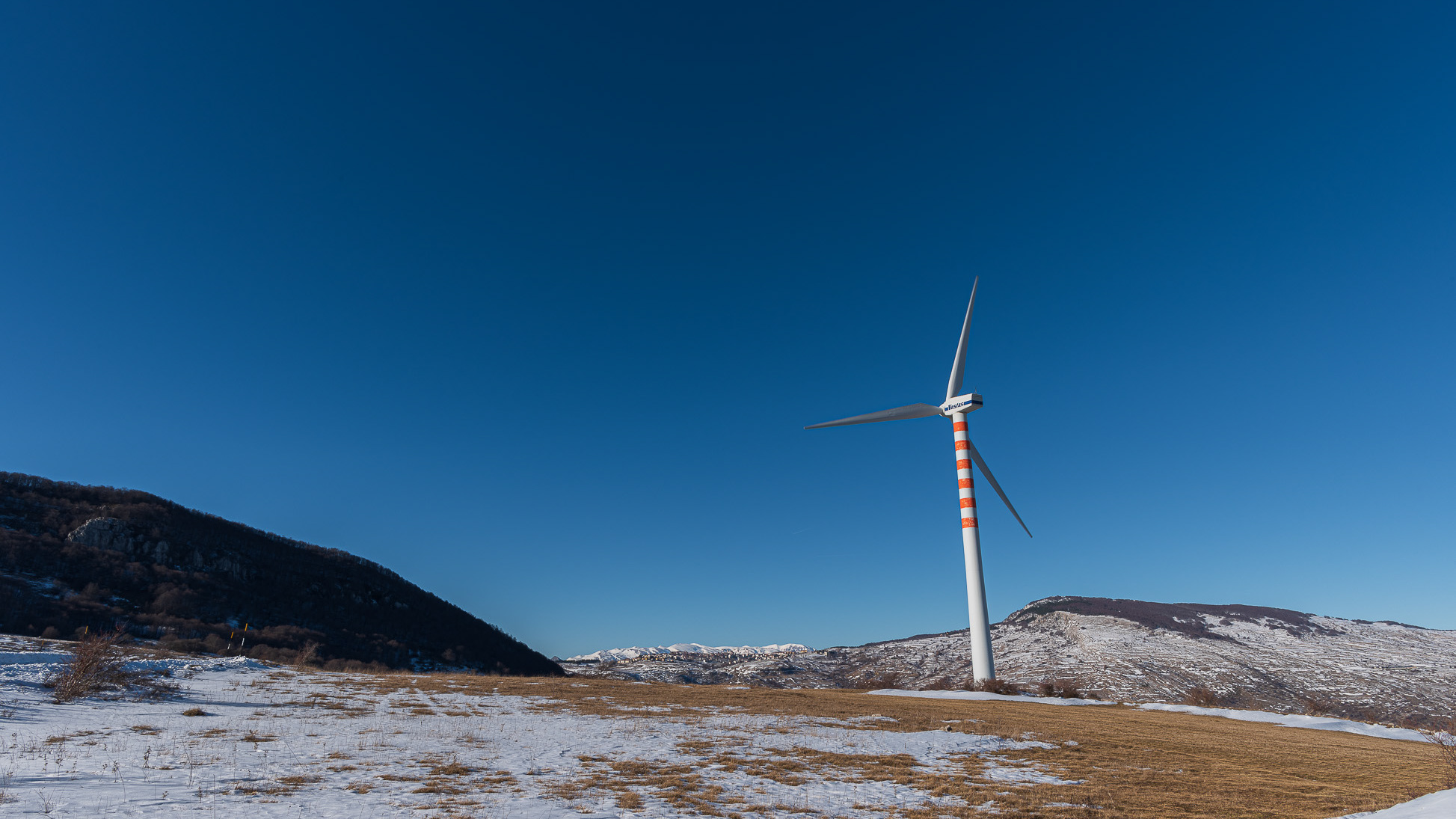
2022
Spectacular winter panorama 2022
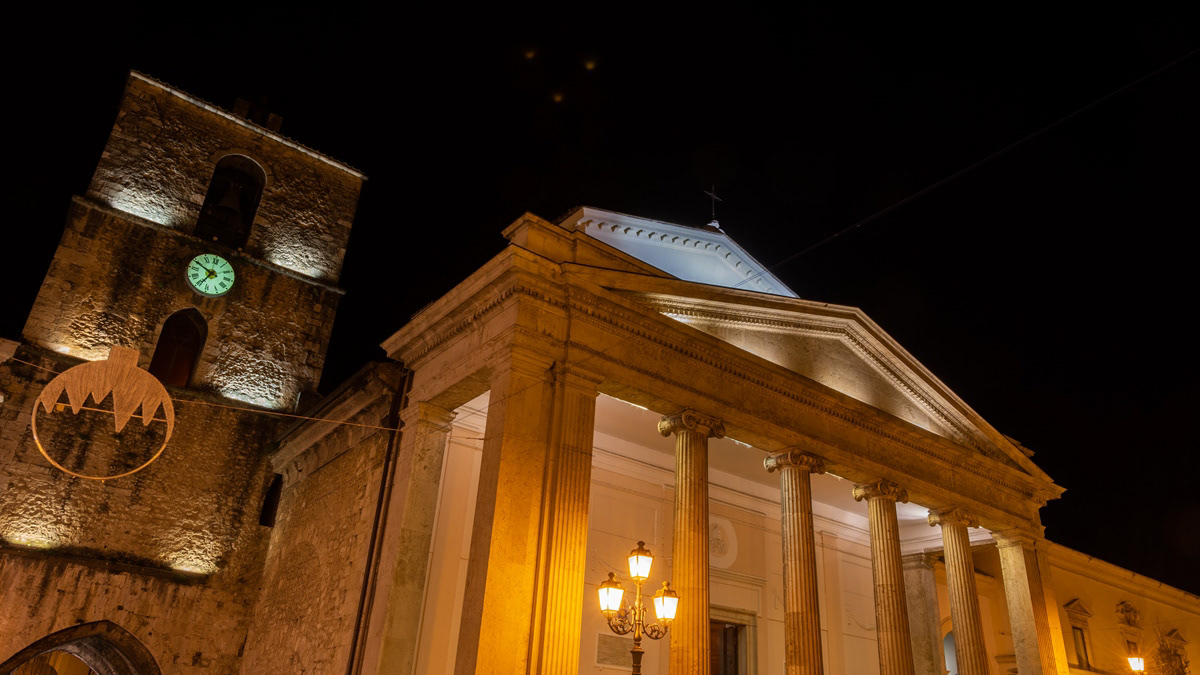
2018
Isernia, la Cattedrale, notturne
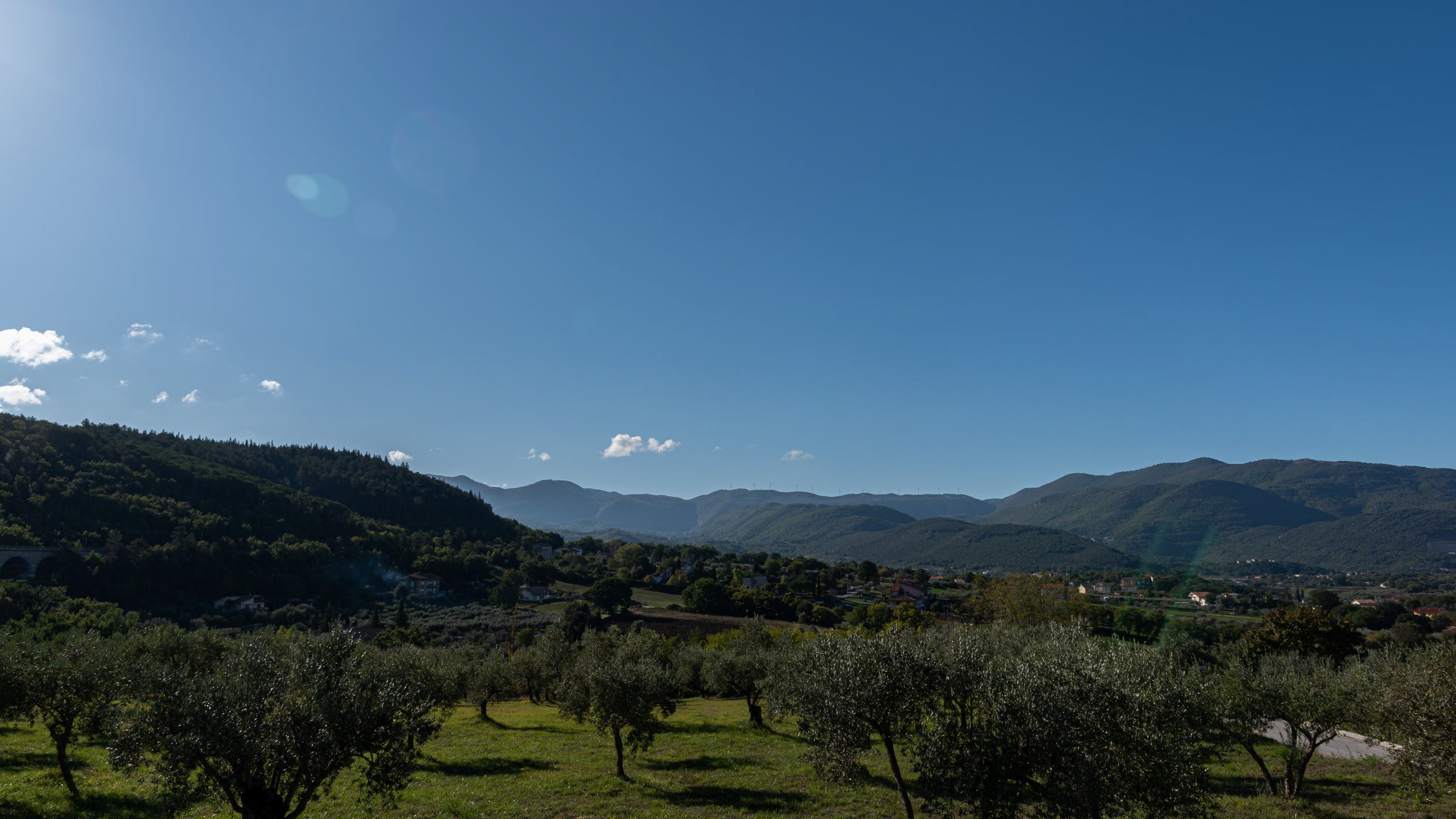
2020
Landscapes
Molise is an Italian mountainous region with a stretch of coast overlooking the Adriatic Sea. It includes a part of the Abruzzo National Park in the Apennine mountain range, with a rich wildlife and trails. The regional capital, Campobasso, is known for the Monforte Castle, located on a mountain, and for the Romanesque churches. To the north is the archaeological area of Pietrabbondante with an ancient theater and a Samnite temple.
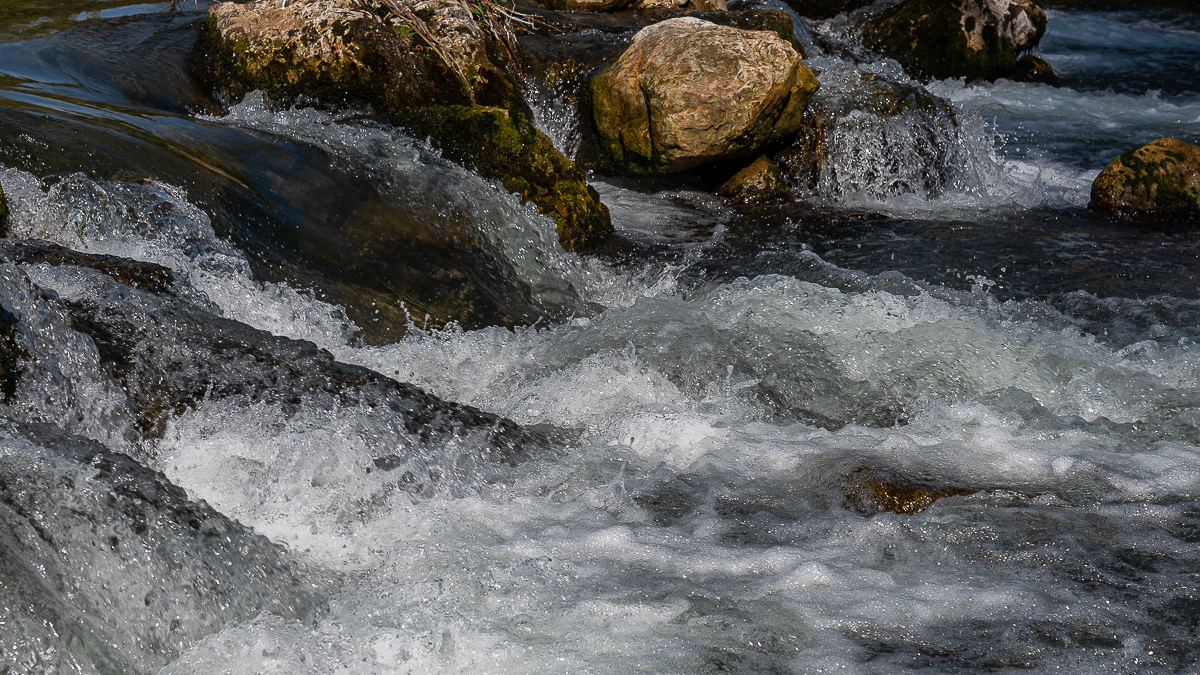
2021
Isernia, Carpino river
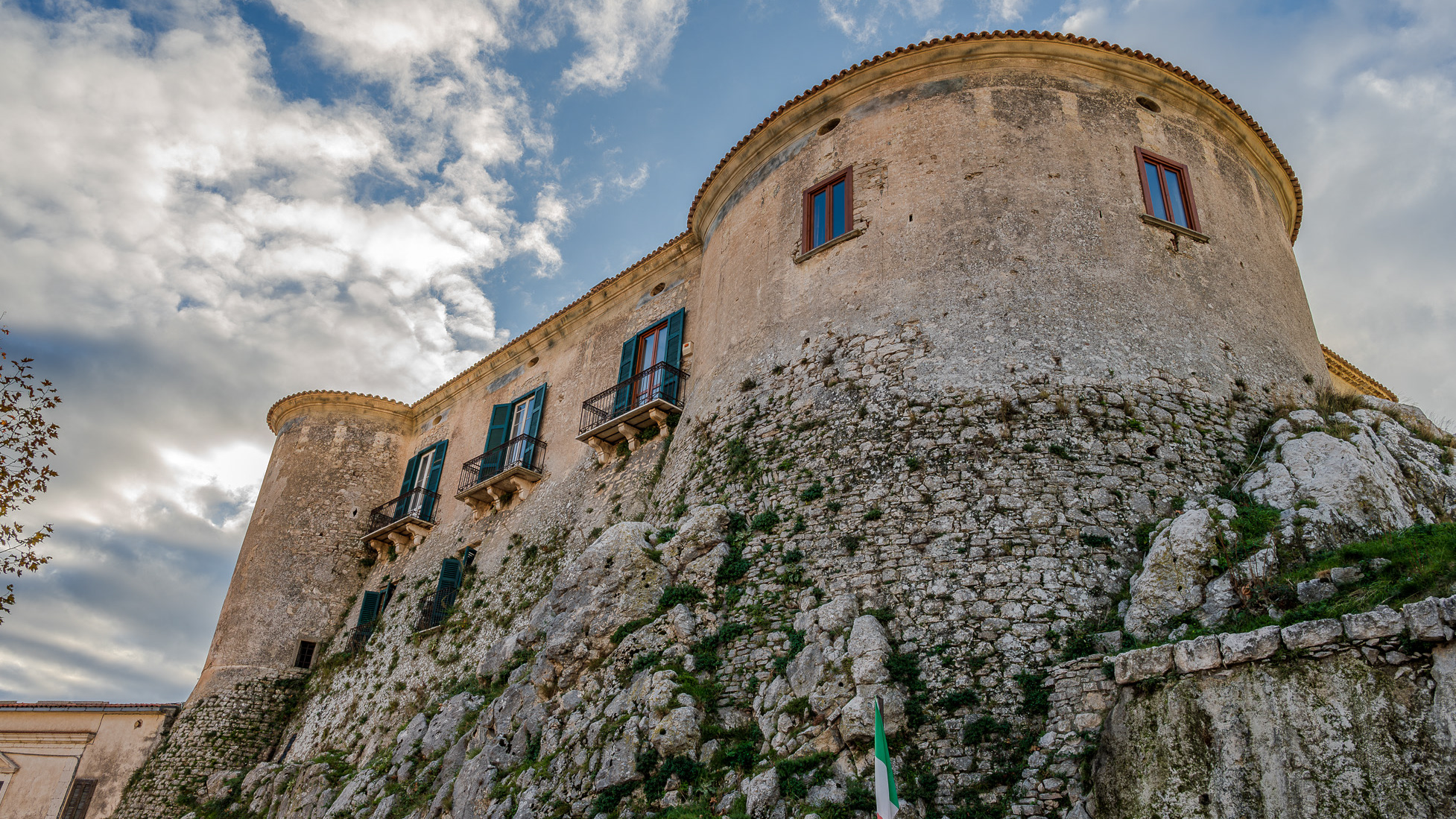
2024
Macchiagodena. The Baronial Castle
The main monument of the town, it was founded as a watchtower by the Lombards, and in 1269 by Charles I of Anjou it was donated to Barrasio, who governed it on behalf of Naples.
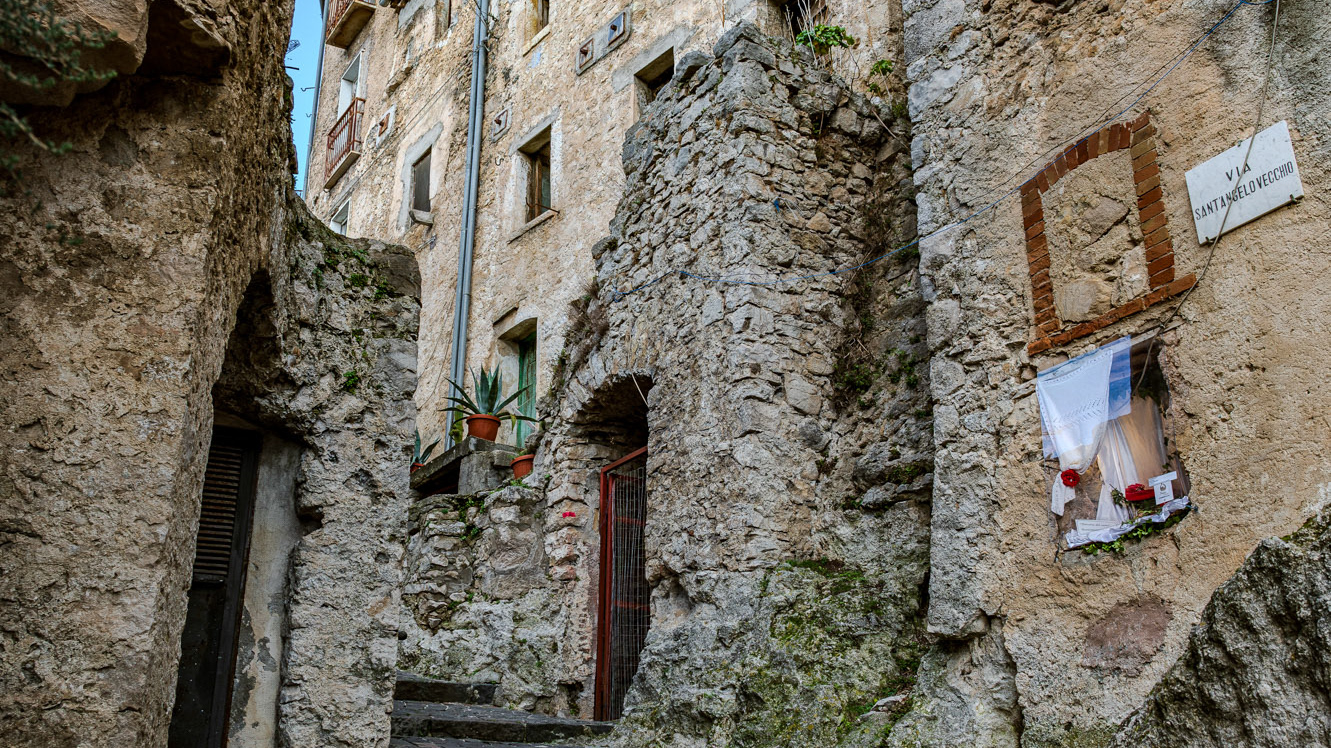
2025
Pesche. The Ancient Village
